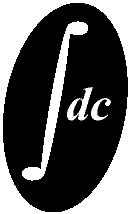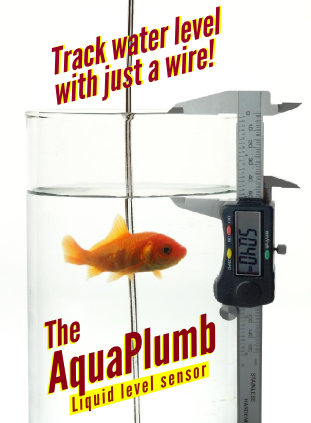Helical
Antenna Design Calculator

See our other Electronics
Calculators.
Helical antennas invented by John Kraus
give a circular polarized wave. They are one of the easiest to
design. Find a tube with a circumference equal to one wavelength,
and wrap wire in a helix spaced a quarter wavelength. The conductor
width isn't of great importance in the desing. The greater
the number of turns the greater the directivity or antenna gain. Receiving
and transmitting antennas must be wound in the same direction, since the
wave is polarized.
Another interesting fact is that they can
be sliced like baloney into shorter antennas and then recombined into
arrays for an antenna with greater effective aperture. The only trick is to feed them all with a line with the
proper characteristic impedance.
The ground plane can be a conductor with a
3/4 wavelength diameter.
Equations:
G= 10.8 + 10*log10( (C/lambda)2*N*(S/lambda) )
(Note1)
Z= 150/sqrt(C/lambda) Ohm
D= lambda /PI
S= C/4
HPBW= 52/( (C/lambda)*sqrt(N*(S/lambda)) ), Half power beamwidth.
BWFN= 115/( (C/lambda)*sqrt(N*(S/lambda)) ), Beamwidth first
nulls.
Ae= D*lambda2/(4*PI)
Where C is circumference, which is normally chose to
be close to
one wavelength.
Note1: This taken from Kraus - "Antennas for
All Applications". It is commonly believed to be too optimistic
by about 3dB-4dB.
Space arrays of helical antennas on a grid of
sqrt(Ae).
Electronics Manufacturer Links
The best way to find parts is to
use our free Electronics
Component Directory, where a myriad of electronics manufactures are
listed.
Other Electronics Links
We offer a broad range of electrical
engineering calculators and electronics
articles and tutorials.
Daycounter specializes in contract
electronics design. Do you need some help on your project? Contact
us to get a quote.
[Employment]
[Downloads]
[Articles]
[Contact Us]
Salt Lake City, UT, USA
Disclaimer: Daycounter, Inc. doesn't guarantee the accuracy of any of it's content. Use at your own risk.
© Copyright 2016 Daycounter, Inc. All rights Reserved.
|



